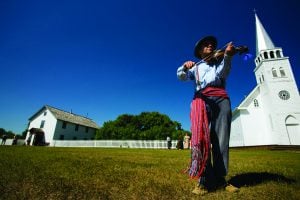
People & Culture
Kahkiihtwaam ee-pee-kiiweehtataahk: Bringing it back home again
The story of how a critically endangered Indigenous language can be saved
- 6310 words
- 26 minutes
People & Culture
Inuit Knowledge Keeper George Angohiatok shares stories from his unique childhood and his life mission of teaching the skills and traditions he learned from his family to younger generations
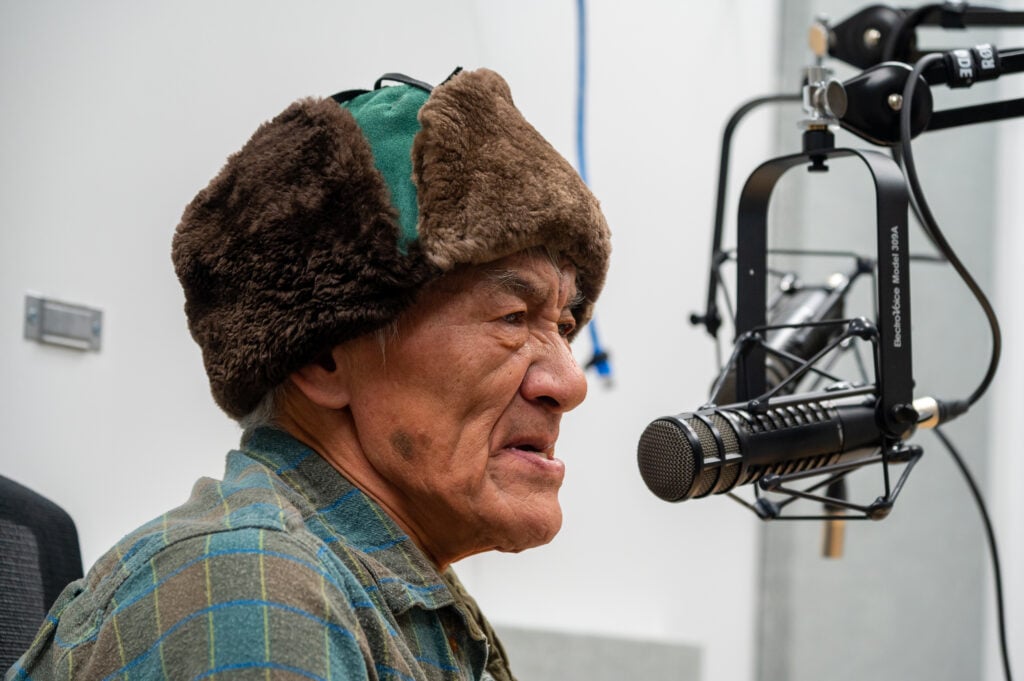

George Angohiatok grew up among the last Inuit to live a fully traditional, nomadic life in the Canadian Arctic. As a child in Nunavut in the 1950s and 60s, he lived with his parents, siblings and grandparents on the land, seal hunting on sea ice in the winters, and returning to land to hunt game and fish in the warmer months. That all came to an end when George was sent to residential school, and his family was forced by the government to settle in the community of Cambridge Bay. Those days on the land deeply shaped who George is today, and at 67, his mission in life is to teach the skills and traditions he learned from his parents and grandparents to a younger generation by taking Inuit youth hunting and teaching them survival skills in what can be a harsh environment.
In this episode, George shares some incredible tales from that unique childhood and stories his grandparents passed on to him. I hope you enjoy listening to this interview as much as I enjoyed talking with him. He is both a powerful and gentle human being, who has done as much as anyone living to keep Inuit culture vibrant. And here’s a little aside George shared with me about surviving an Arctic winter: he says, “Fifty percent of it is staying out of the wind.”
And a big thank you to everyone who took part in and donated to the RCGS Polar Plunge, in support of this podcast. With Polar Plunges in the Pacific Ocean, Lake Okanagan, Cambridge Bay, Canmore, Toronto, Gatineau Park and the St. Lawrence River, we raised an incredible $30,000 to keep Explore going for another season. Thank you!
Are you passionate about Canadian geography?
You can support Canadian Geographic in 3 ways:

People & Culture
The story of how a critically endangered Indigenous language can be saved
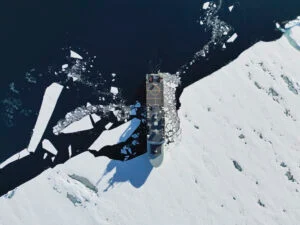
People & Culture
As the climate heats up, so do talks over land ownership in the Arctic. What does Canadian Arctic Sovereignty look like as the ice melts?
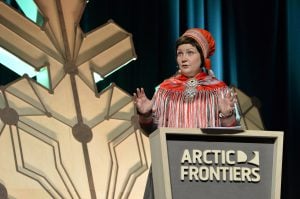
Environment
The uncertainty and change that's currently disrupting the region dominated the annual meeting's agenda
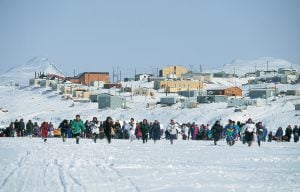
History
On April 1, 1999, Canada’s youngest population took control of its largest territory. Here’s how Canadian Geographic covered the story.